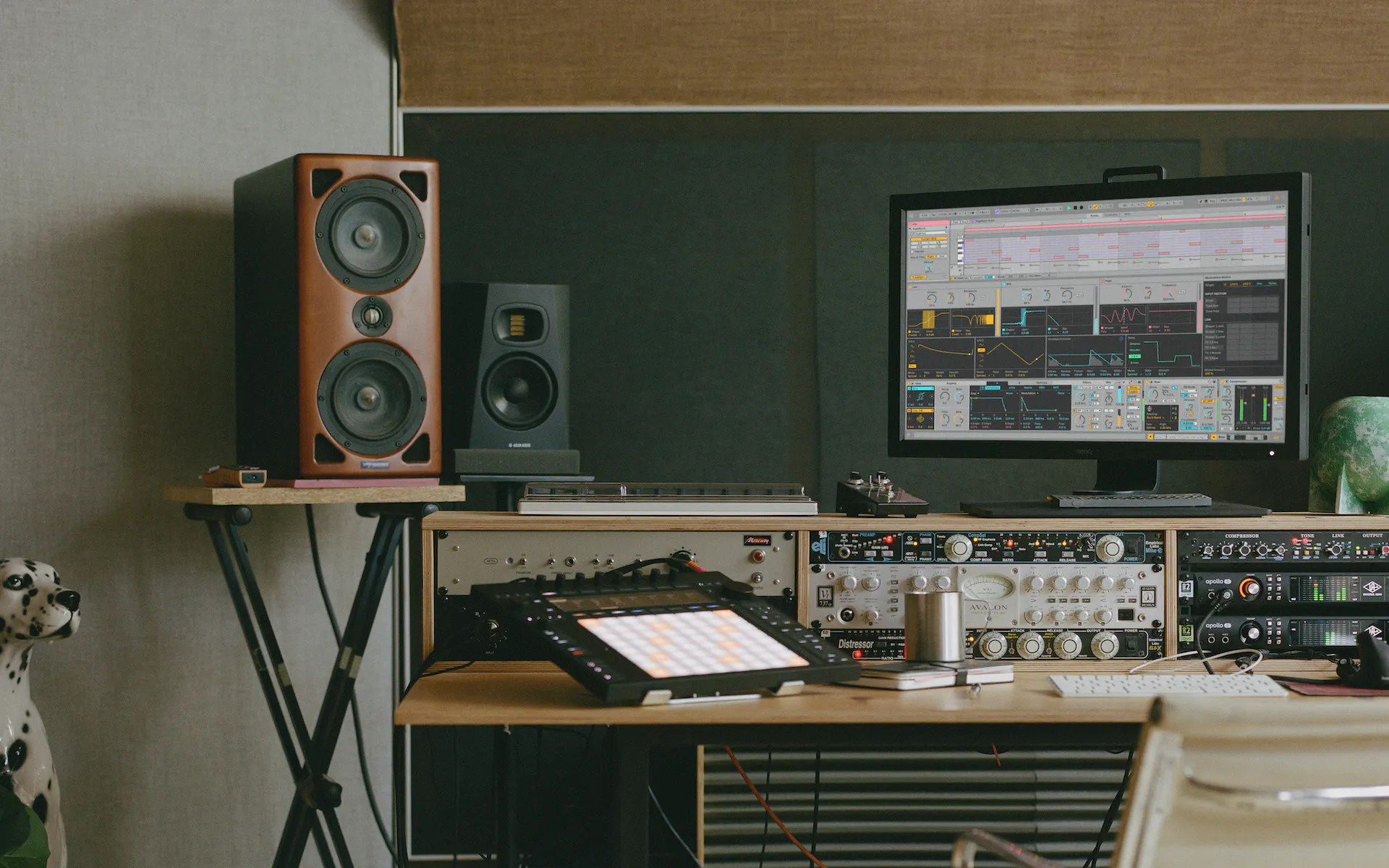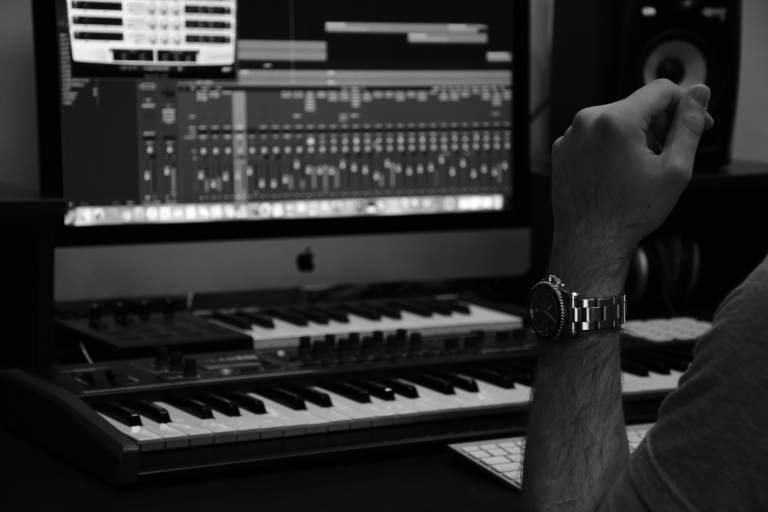Table of contents:
- Getting Started with Songwriting
- Don't Overthink, Just Start Writing!
- Create a Catchy Melody
- Create a Catchy Melody
- Use a Variety of Chords
- Develop a Memorable Rhythm
- Build Your Song Around a Riff
- Write Songs You Can Perform Live
- Keep Your Song Structure Varied
- Combine Structure with Spontaneity in Lyric Writing
- Use Rhyme as a Tool in Lyric Writing
- Overcoming Writer's Block
- Conclusion
Getting Started with Songwriting
Whether you’re a beginner or have been trying to write a song for a while but feel stuck, here are some tips to help you with writing lyrics and songs.
Don’t Overthink, Just Start Writing!
While many elements contribute to a successful song, some principles remain constant. Keep the following tips in mind whenever you begin writing lyrics or songs.
Create a Catchy Melody
While many elements contribute to a successful song, some principles remain constant. Keep the following tips in mind whenever you begin writing lyrics or songs.
Create a Catchy Melody
There are countless songs with the same three- and four-chord progressions. Why do some of these songs stick in our heads? The answer is often a catchy melody. This is the most crucial part of the songwriting process. Successful melodies typically move in logical steps (up or down by a half or whole step) with a few leaps (up or down in any larger interval). They often have a focal point—a high note in the melodic fragment that anchors the rest of the melody line.
Use a Variety of Chords
Sticking to the same few chords can limit your musical ideas. Try composing songs that include all types of chords—major, minor, dominant, diminished, and augmented—to create a more complex and interesting sound.
Develop a Memorable Rhythm
Many of the catchiest, most popular songs—from country hits to hip-hop gems—stick in your mind because of their rhythmic motifs. Next time you listen to your favorite songs, notice how a syncopated melody or beat can be the most memorable part of the track, and get creative in crafting rhythms for your own songs.
Build Your Song Around a Riff
Whether you’re a guitarist, pianist, bassist, or non-instrumentalist, you can compose riffs that form the foundation of your song. A memorable riff can make your song stand out and increase its chances of success. Most commercial songs today are based on this method, so analyze your favorite songs from this perspective.
Write Songs You Can Perform Live
Today’s music production software allows songwriters to create digital symphonies in their home studios. While Digital Audio Workstations (DAWs) are incredible tools for music creation, you should also think about how you can perform your songs live. Record labels want to see musicians connect with audiences in person, so your music should be as compelling live as it is recorded.
Keep Your Song Structure Varied
Most songs contain a combination of the following elements: intro, verse, pre-chorus, chorus, bridge, instrumental solos, and outro. Challenge yourself to write a song that doesn’t just switch between verses and choruses. Try at least a well-established song structure: verse/chorus/verse/chorus/bridge/chorus. Many pop hits use this structure. A simple strategy is to analyze the arrangements of successful songs in your preferred genre.
Combine Structure with Spontaneity in Lyric Writing
Writing lyrics is a challenging part of songwriting. Plan your writing process but leave room for discovery. For example, you might have a general idea of what the song is about or have a song title and some lyrical ideas; but like a poet, learn how the lyrics come to you. As you write, you might find yourself drawn to certain lines based solely on their resonance and wordplay. Once you find your rhythm, writing lyrics will become easier.
Use Rhyme as a Tool in Lyric Writing
A rhyme scheme can make lyrics catchy, coherent, and easy to remember. However, rhyming is not always necessary for songwriters. Sometimes an idea cannot be adequately expressed in rhyme; if that’s the case, follow the idea, not the rhyme. The key is to create a rhythm that engages listeners and keeps them coming back.
Overcoming Writer’s Block
A great way to combat writer’s block is to vary your creative process. Do you usually write music first, then lyrics? Try reversing the order. Do you typically play chords and then improvise a melody? Put down the guitar and start with a melody or riff. Try writing a song on a new instrument or in an unfamiliar genre. Stepping out of your comfort zone can help spark creativity. Anyone can write a song. What matters are your willingness and breaking through your barriers.
Conclusion
The question of how to write a song often arises among newcomers. Even experienced songwriters face challenges, influenced by mood, mental state, and the drive to achieve results. Many factors, beyond just music theory knowledge and instrumental proficiency, impact whether you reach your creative goals.
If you have the desire and the drive, focus on what I’ve outlined above and stay consistent in your process. It’s a journey, and the more experience you gain, the better your results will be. Like anything in life, persistence and practice make all the difference. Some may find it easier, but with determination and experience, anyone can create something exceptional.










